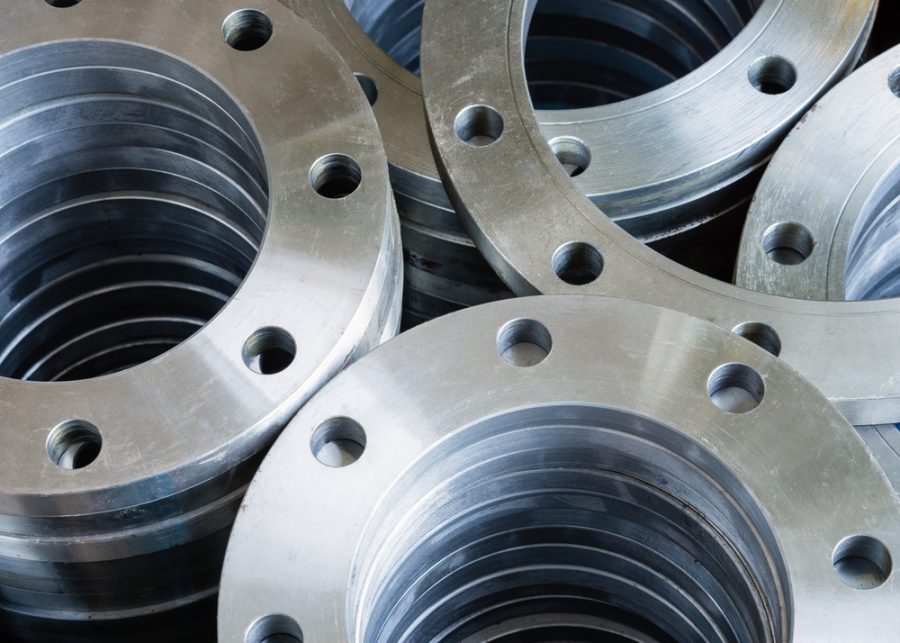There are different types of flanges. These types are classified depending on where they are applied and how they appear. Flanges are fitted onto the pipeline by different methods. Most of the flanges derive their names from how they are fitted on the pipes. For instance, welded flanges are fitted on the pipeline by fillet welds. The strength and location along the pipeline determine the type of flange to be used. Here are popular types of flanges that you might come across.
Socket Welded Flange
Socket welded flanges are connected to pipes by sliding them in a way that the pipe fits inside the grove on the flange. The flange is then fastened in place by a fillet weld on the outside. When fitting the flange, the pipe is first pushed to the bottom of the flange socket. It is then pulled out by 1.6mm then welded in place. The gap is left for proper positioning of the pipe when the weld solidifies.
Socket welded flanges are applicable for smaller pipes that transport less corrosive fluids under high pressure. The gap between the end of the pipe and the shoulder of the flange socket is susceptible to corrosion. However, the strength capabilities of the socket welded flange are almost similar to the slip-on flanges.
Blind Flange
Bling flanges do not have a center hole. They are mainly used to seal off the end of a pipeline. Blind flanges are attached to a pipeline by strong bolts. The bolts on the flange hold it from falling off due to intense pressure in the pipeline. Blind flanges offer the easiest access to the pipeline.
Slip-On Flange
As the name suggests, slip-on flanges are placed on pipes by sliding them into place. The flanges are then fastened in place by two fillet welds. One fillet weld is executed on the inside and another on the outside of the flange cavity.
The diameter of the slip-on flange is larger than the outer diameter of the pipe on which it is fitted. This makes it easy to slide the flange in place before executing the fillet welds. The slip-on flange does not affect the diameter of the pipe on which it is fitted. This makes it applicable for pipelines that require steady flow.
Welding Neck Flange
The welding neck flange, denoted as WN, has a long-tapered hub that is welded with the pipe. The flange fitted onto the pipe using a full penetration V-shaped weld. The welding neck flange is applicable in areas with high pressure and low or high temperatures. Since the diameters of the flange and the pipe match, weld neck flanges are preferred in areas where the flow should be unrestricted.
The steady flow of the fluid in the pipe system prevents corrosion and turbulence on the metals around the flange. In areas where radiographic inspections are done to check for leakages, weld neck flanges are suitable since they do not interfere with the flow. The welding neck flange is almost similar to the Long Welding Neck flange (LWN). The main difference is in the length of the tapered hub.
















